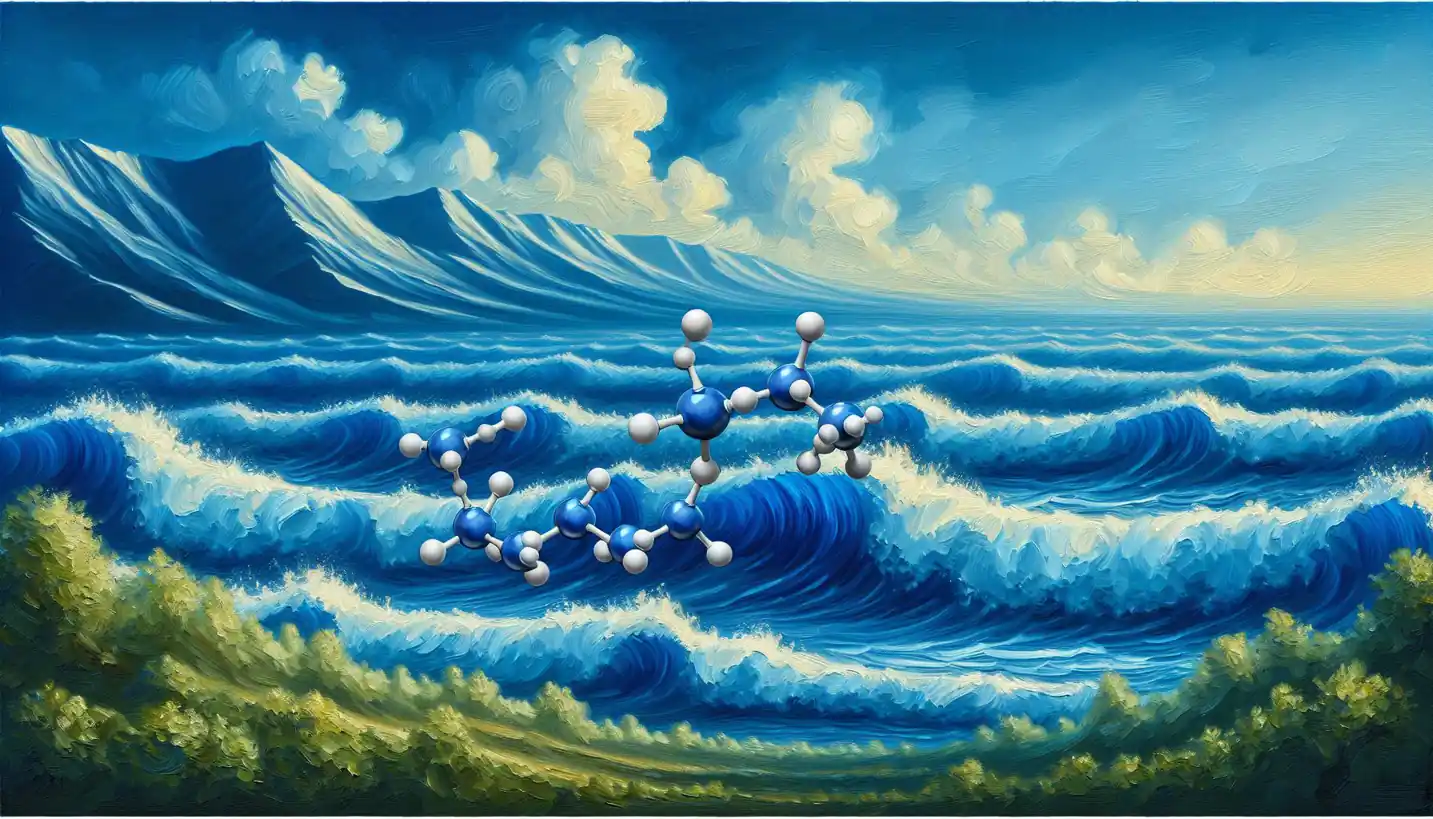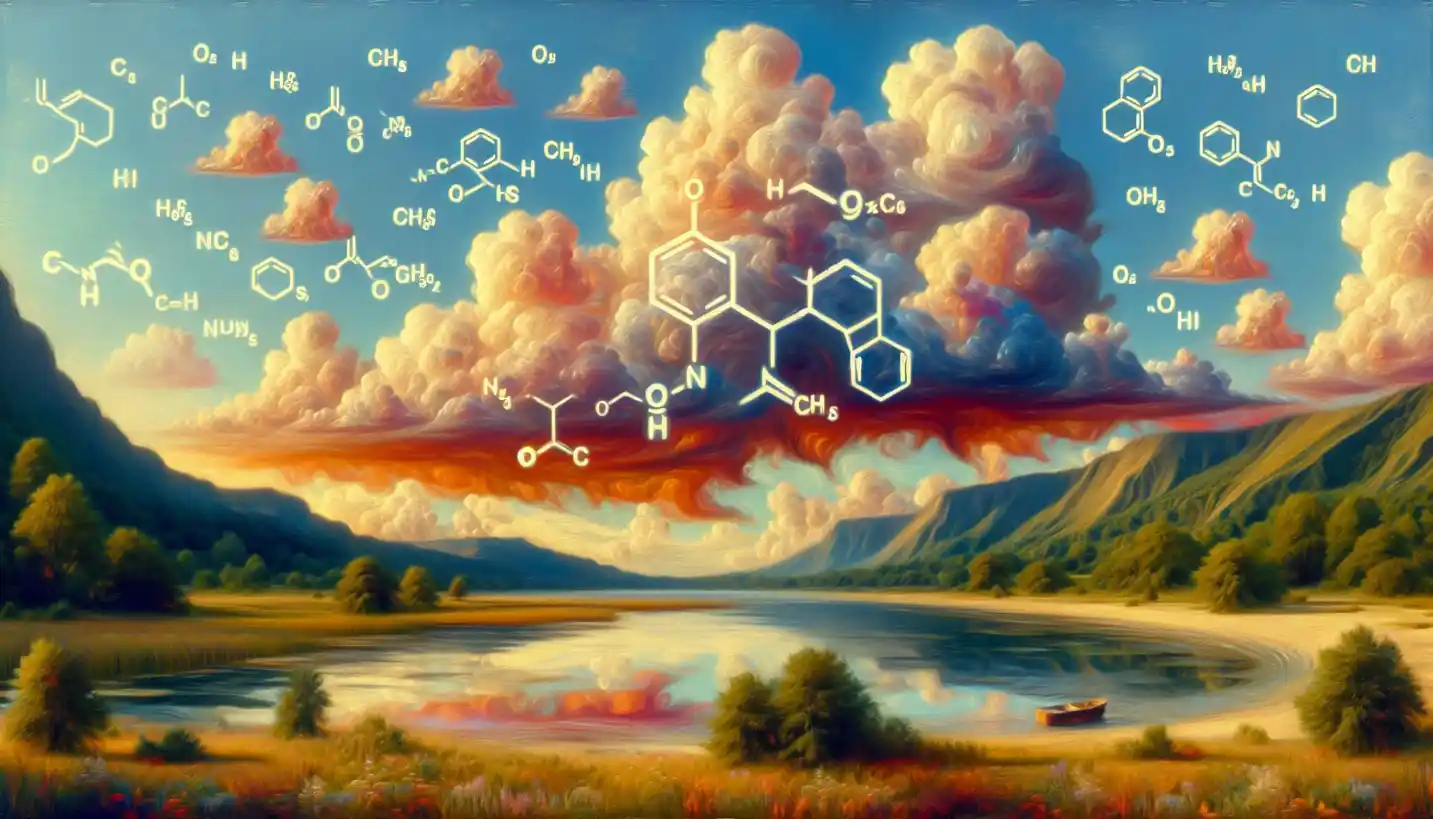· Chemistry · 3 min read
Self-Assembly: The Magic of Nanochemistry
Self-assembly processes create complex materials with astonishing simplicity. Uncover the elegance of this natural design process in the world of nanochemistry.

So, let’s dive into the fascinating world of self-assembly. Picture this: tiny objects, almost like little puzzle pieces, coming together on their own to create complex structures. This is what self-assembly is all about, especially in the realm of nanochemistry.
What Is Self-Assembly?
At its core, self-assembly is a process where molecules spontaneously organize into larger structures. Imagine a group of dancers perfectly synchronizing their moves without a choreographer. In the microscopic world, molecules move and jiggle around, yet they end up forming organized patterns and structures, much like those dancers.
The Role of Nanochemistry
Nanochemistry deals with the manipulation of materials on an incredibly small scale—nanometers, which are a billionth of a meter. It’s like working with Lego bricks that are too tiny to see with the naked eye. Within this field, self-assembly is crucial because it allows scientists to build complex structures without having to manually place each molecule.
How Does Self-Assembly Work?
Self-assembly relies on the natural properties of molecules. Think of these as tiny magnets: they have specific spots that attract or repel each other. Through forces like van der Waals forces, hydrogen bonds, and electrostatic interactions, molecules attract and fit together.
A Real-Life Example
Consider soap bubbles. The soap molecules have a head that loves water and a tail that hates it. When you blow a bubble, these molecules arrange themselves with the heads facing water and tails away, forming a sphere. This spontaneous organization is a simple form of self-assembly.
Why Is Self-Assembly Important?
Self-assembly is revolutionary because it offers a way to create materials and devices at a molecular level with precision and efficiency. Instead of laboriously crafting each piece, scientists leverage nature’s own tendencies to build complex structures.
Applications in Technology
In electronics, self-assembly is used to create tiny circuits and components much faster and cheaper than traditional methods. Think about how self-assembly can impact the production of computer chips, allowing for devices to be smaller and more powerful.
Medical Marvels
In medicine, self-assembled nanoparticles are used for targeted drug delivery. Imagine a tiny vehicle assembling itself to carry medicines directly to cancer cells, sparing healthy ones and reducing side effects. It’s a bit like having a GPS that guides the right molecules to the right spot.
Challenges and Future Directions
While self-assembly holds immense promise, it’s not without its challenges. Imagine trying to get a room full of people to spontaneously line up in the right order - it’s chaotic. Sometimes, molecules don’t end up forming the right structures, which is a puzzle scientists are still solving.
The Future Looks Promising
Despite these hurdles, the potential for self-assembly in nanochemistry is vast. Researchers are constantly finding new ways to harness and refine these processes. The dream is to create materials with self-healing properties or to develop new sustainable technologies that break down pollutants naturally.
A World of Possibilities
The implications of refining self-assembly techniques stretch beyond our current imagination. What if we could create new fabrics from materials that assemble themselves in response to changes in the environment? How about building entire structures that adapt and evolve with their surroundings?
Conclusion
In essence, self-assembly is like nature’s blueprint for constructing complex structures effortlessly. It captures the imagination with its simplicity and elegance. By unlocking its full potential, we stand on the brink of technological and scientific revolutions in nanochemistry.
As we dream of a future built by invisible hands, it’s clear that self-assembly is at the heart of this vision, bringing us closer to a world where nature and technology organically intertwine.


